Container gardening opens up opportunities for anyone to grow plants without a yard. It offers the flexibility to cultivate a variety of plants in any space, making it accessible for urban dwellers and those with limited outdoor areas. With the right containers and plants, you can transform small spaces into thriving gardens. Learn the basics and unlock the potential of your home with our expert tips and tricks.
Understanding Container Gardening Basics
Container gardening is an excellent way to enjoy plants in a limited space. It’s a flexible gardening option that doesn’t require a yard, allowing individuals to grow a variety of plants in pots or containers on balconies, patios, and even indoors. Understanding the fundamentals is crucial to ensure your plants thrive and yield beautiful results.
One key aspect of container gardening is choosing the right container. It’s important to select containers that have adequate drainage holes to prevent waterlogging, which can harm plant roots. The size of the container is also crucial, as it dictates how much space your plant’s roots will have to grow. Aim to choose pots that match the size of the mature plant’s root system.
Soil choice is another critical consideration. Regular garden soil is often too dense for container gardening. Instead, use a good quality potting mix that’s designed for containers. These mixes are light and drain well, providing plants with the necessary nutrients they need.
When selecting plants, consider those that are suited for containers. Many vegetables, herbs, and flowering plants thrive in containers with the right care. Be mindful of the plant’s growing requirements, such as sunlight and water, to ensure they match the conditions of your chosen location.
Finally, consistent maintenance is vital for success. Regular watering is essential, as containers can dry out quickly. Fertilization helps in providing the plants with the nutrients they need for growth. Pay attention to pest management — since container plants are often in closer quarters, they can be more susceptible to pests.
Choosing the Right Containers
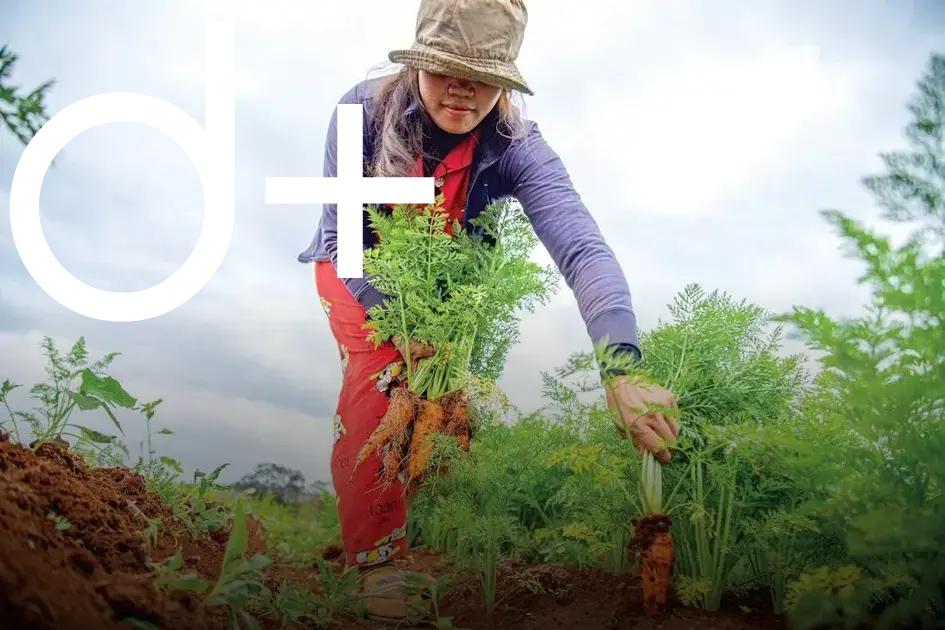
When getting into container gardening, selecting the right containers is crucial for the health of your plants. The choice of container affects drainage, soil maintenance, and the growth space available for plant roots. Consider these factors when choosing a container:
- Size: Ensure the container is large enough to accommodate mature plants. Different plants have varying root requirements, so match the container size to the plant’s growth expectations.
- Material: Containers come in a variety of materials like plastic, terracotta, ceramic, and metal.
Plastic containers
are lightweight, easy to move, and retain moisture well, whereas terracotta pots are porous and allow roots to breathe but dry out faster.
- Drainage: Ensure your container has adequate drainage holes to prevent waterlogged soil, which could lead to root rot.
Consider adding
a layer of gravel at the bottom to improve drainage further.
- Weight: Consider where you will place the container and whether you’ll need to move it. Heavier options, like ceramic and stone, may not be ideal for balconies or limited spaces.
Incorporate a variety of containers for visual interest and to accommodate different plant types. This not only enhances your garden’s aesthetics but also optimizes growth conditions for a range of plants.
Selecting the Best Plants for Containers
When choosing plants for container gardening, consider your climate, location, and personal taste. Herbs like basil, mint, and rosemary are perfect for containers due to their compact size and versatility. They thrive in sunny spots and add flavor to your dishes. For blooms, dwarf varieties of marigolds, petunias, and pansies offer vibrant colors and work well in pots.
Consider the sunlight needs of your plants. For shady areas, ferns and hostas are excellent choices, while succulents and geraniums adapt well to full sun. Ensure your containers have good drainage and are spacious enough for root growth. Lightweight soil mixes with vermiculite or perlite can enhance growth.
For a fruitful harvest, go for mini varieties of tomatoes, peppers, or strawberries. Not only do they thrive in containers, but they also bring beauty and flavor to your spaces. Mix and match plants with similar water and light requirements for vibrant container gardens.
Utilize mixed containers to add visual interest by pairing thrillers, fillers, and spillers. Tall plants like ornamental grasses as thrillers, small bushy plants as fillers, and trailing vines as spillers create a balanced look. Always check for plant compatibility to ensure you have a lush, thriving container garden.
Watering and Maintenance Tips
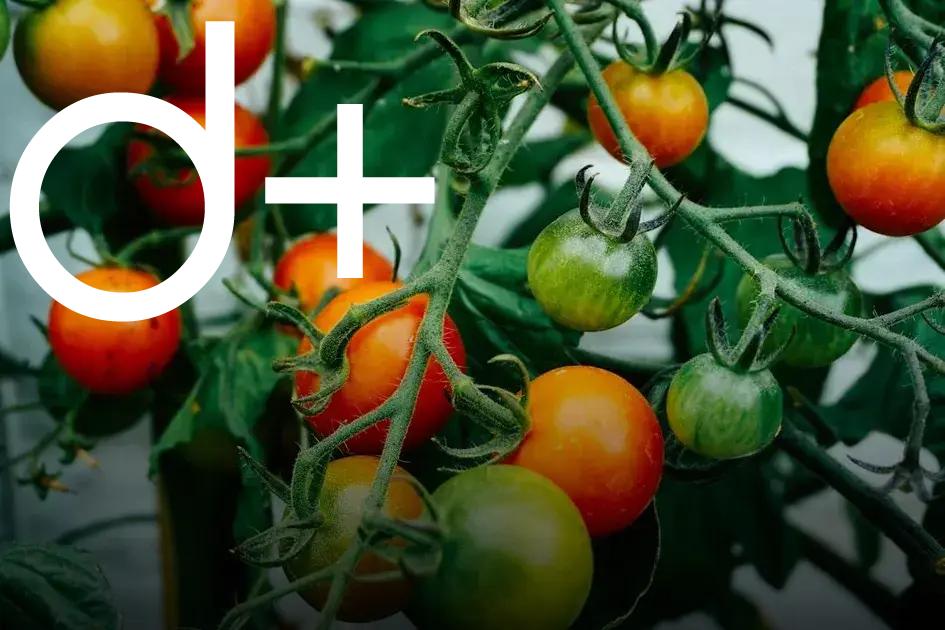
Proper watering is essential for the success of container gardening. Containers tend to dry out faster than garden beds, so it’s crucial to monitor moisture levels regularly. Check the soil with your finger; if the top inch feels dry, it’s time to water.
Using the right watering technique can improve plant health. Water thoroughly until you see water coming out of the drainage holes. This ensures the entire root system is hydrated. Consider using a watering can with a long spout, which helps reach the plants’ base without disturbing foliage.
Consider adding a layer of mulch on top of the soil to help retain moisture. This approach minimizes evaporation and keeps the roots cool.
Besides watering, routine maintenance is vital. Remove dead leaves and spent flowers regularly to encourage new growth and prevent diseases. Pruning helps maintain the shape and size of your plants, especially in smaller containers.
Fertilize your container plants regularly as nutrients in potting soil deplete over time. Use a water-soluble fertilizer every 2-4 weeks, following the package instructions to avoid over-fertilization.
Be mindful of pest control in containers. Regularly inspect your plants for any signs of pests like aphids or spider mites. If you find any, treat them promptly with appropriate solutions, such as insecticidal soap or neem oil, to keep your plants healthy.
Maximizing Small Spaces with Vertical Gardening
With the increasing popularity of
container gardening
, many urban dwellers are discovering the benefits of vertical gardening to make the most out of limited environments. It’s a technique that transforms blank walls or fences into lush, green, and lively spaces. For those without a yard, vertical gardening is an innovative way to cultivate a variety of plants, from herbs to vegetables and even ornamental flowers.
The key to successful vertical gardening is selecting suitable containers and structures that can support the growth of your plants. Containers need not only accommodate the plant’s root system but also be secured properly to prevent any hazards, especially in small balconies or tight spots. Lightweight materials like plastic or fabric pockets are often used to reduce overall weight.
Optimizing sunlight exposure is another crucial aspect. Orient your garden structures to receive ample light throughout the day. South-facing walls are usually ideal for most plants, but it’s important to understand the specific light requirements of each type you choose to grow.
Watering techniques should also be adapted to vertical setups. Since gravity can cause the soil to dry out faster, installing drip irrigation or self-watering systems can ensure consistent moisture without overwatering.
Using vertical gardening techniques, even gardeners limited by space constraints can cultivate vibrant, productive gardens. This method not only maximizes small spaces efficiently but also enhances the aesthetic appeal of any setting.



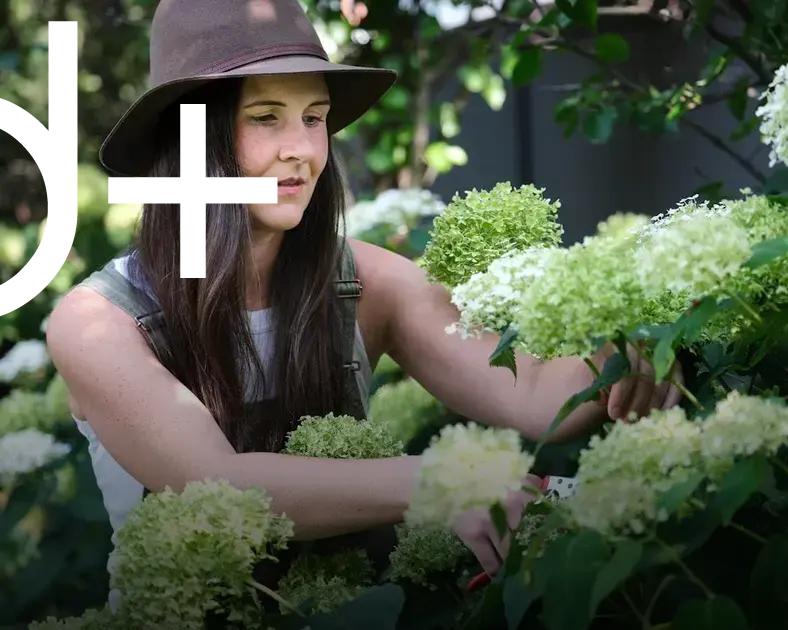
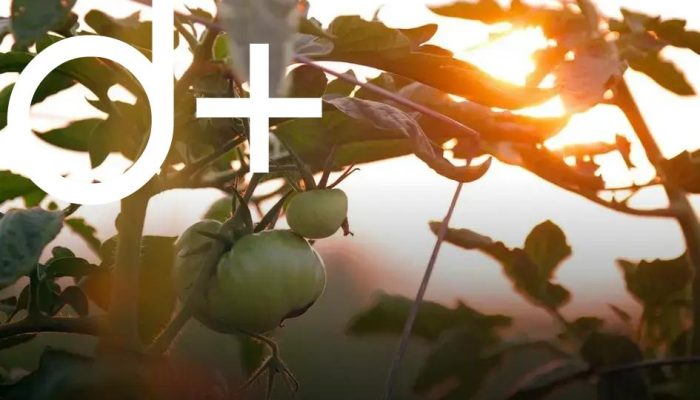
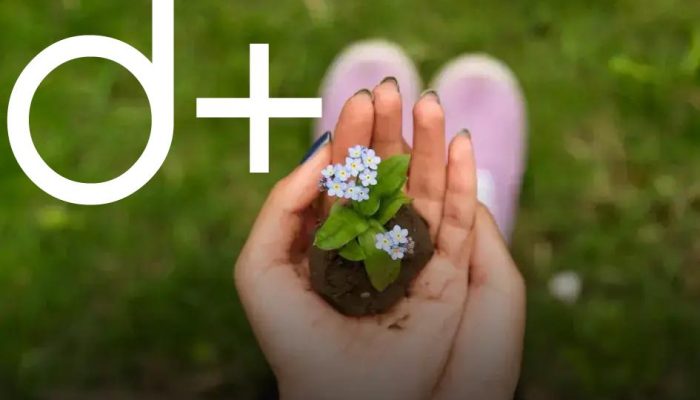
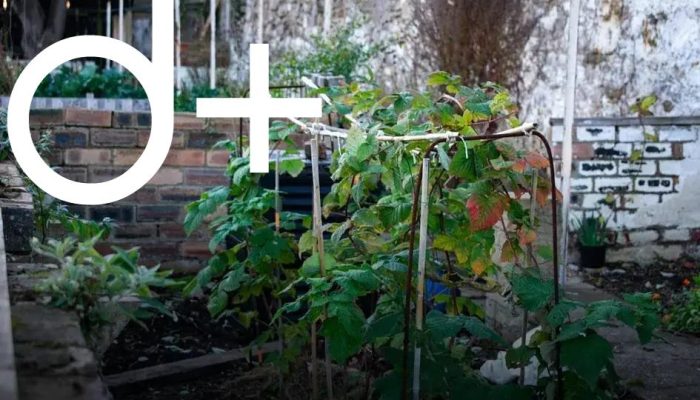
![BANNER 1 - HOME [QUADRADO]](https://dailyfindinvestment.com/wp-content/uploads/2025/01/BANNER-300-X-300.gif)
